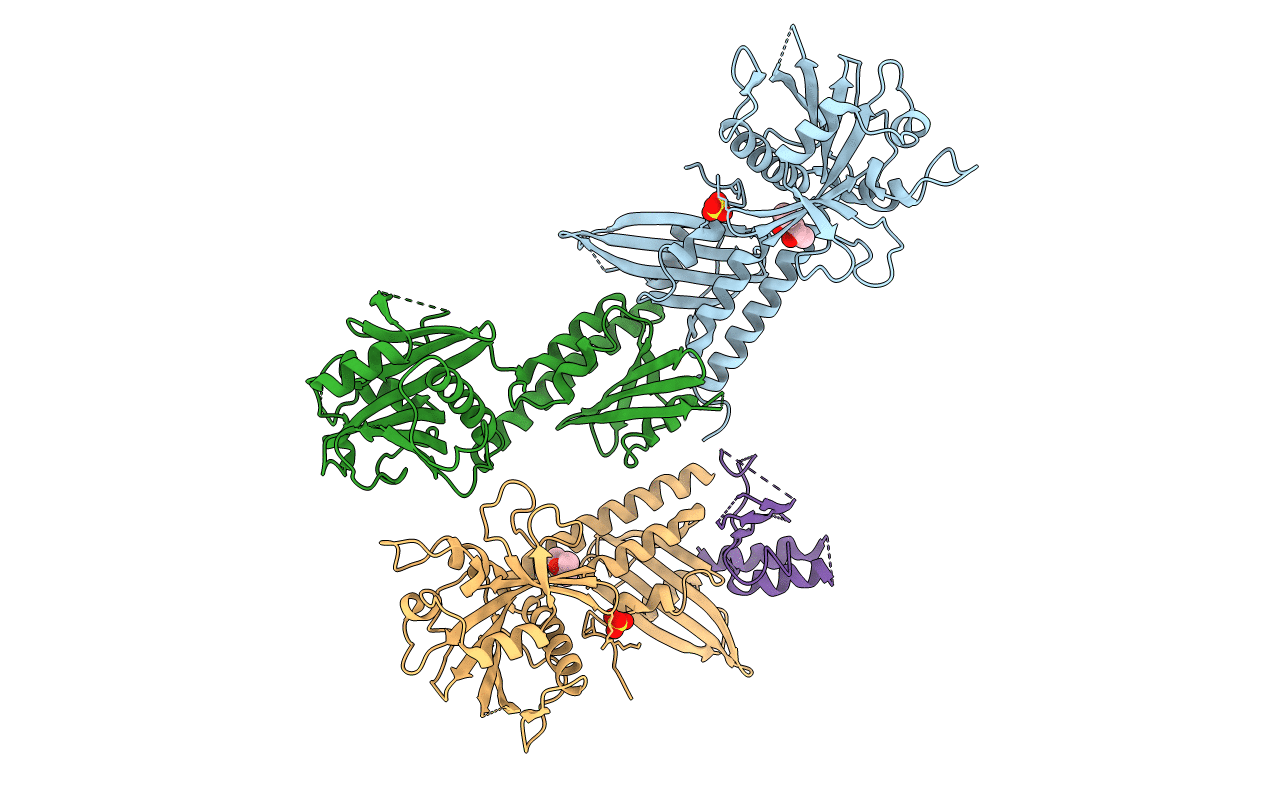
Deposition Date
2004-03-23
Release Date
2004-05-25
Last Version Date
2024-02-14
Method Details:
Experimental Method:
Resolution:
2.90 Å
R-Value Free:
0.27
R-Value Work:
0.23
R-Value Observed:
0.23
Space Group:
P 21 21 2


